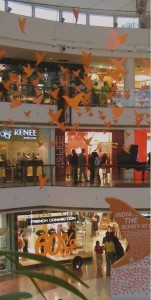
Expansion of multi-brand retailing expected in the wake of the recent Government decision to allow FDI in the sector will create unprecedented opportunities for the textiles and clothing industry of India, according to a paper presented by Mr. Thomas Varghese of the Aditya Birla Group at the Indian Textile Summit organised by the Confederation of Indian Textile Industry (CITI) in Mumbai. The well-attended summit discussed some of the critical issues and opportunities emerging in the global as well as Indian textile sector.
Welcoming the speakers and participants to the summit, Mr. Prem Malik, CITI Deputy Chairman, stressed the need for the clothing industry of the country to improve production efficiency to meet competition from low-cost Asian competitors. He felt that the country has the potential to raise its share in global apparel trade from the current 3.1 to 6-7 per cent. He also felt that some of the measures announced by the Government recently like liberalizing retail investment would help the textiles sector in improving its performance.
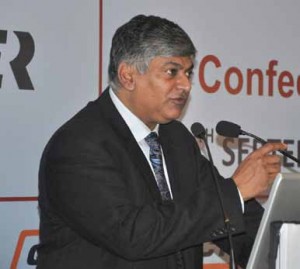
Addressing the summit, Mr. Thomas Varghese said that T&C products would be the core component of most of the multi-brand outlets because of its high margin and the ability to create differentiation through private labels. This sector would be one of the major beneficiaries of the liberal retail trade scenario. FDI in retail would increase competition and would also create opportunities for T&C players to garner scale and become world class players.
Currently clothing occupies 36 per cent of the overall retail segment, and this would increase substantially after more organised retailers enter the market. Demand for readymade and Western outfit is growing at 40-45 per cent annually, but the key for success in the emerging competitive environment would be to deliver affordable and accessible fashion to the value conscious customers, he added.
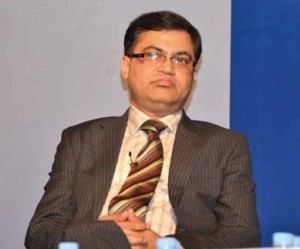
Mr. R. Raghuttama Rao, Managing Director, ICRA Management and Consultancy Services (IMaCs), in his paper on the global economic situation, observed that the global recession had a negative impact on the Indian textile industry, but this would be a short-term problem.
Though the EU members are still in contraction mode and fighting the financial crisis, the recovery of consumption in the US and the possibilities of the market emerging out of slowdown are expected to provide the much-needed relief to Indian textile exports in the medium term.
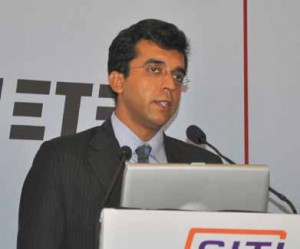
Moreover, the slowdown of the Chinese economy and Vietnam, one of the lead players in the textile sector, would provide some competitive relief to India as the global demand starts growing along with recovery.
The next phase would be really critical for the industry.
He also observed that among the textile and clothing products, menswear continued to remain the biggest segment at present.
But the growth would be higher in kid’s wear and women’s wear in future, leading to growth opportunities.
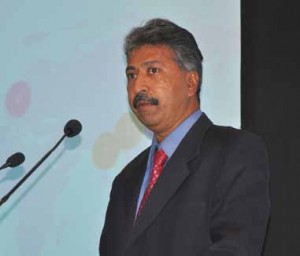
Among the neighbouring countries Bangladesh would continue to compete with India on cost advantage; Wal-Mart’s apparel sourcing from Bangladesh increased by 41 per cent in 2011 over 2010.
Mr. Deep Mukherji from Fitch Ratings India Pvt. Ltd. observed that the softening cotton and cotton yarn prices in the first two quarters of 2011-12 led to a partial margin revival in the sector but not a full-scale demand recovery.
Reduced substitution demand for synthetic textiles, higher crude oil-based input costs and oversupply in the partially-oriented yarn segment are the major sources of concern for the industry.
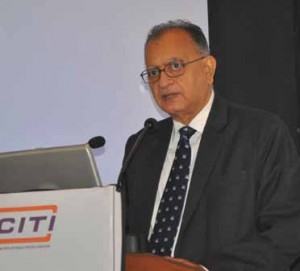
Leading textile manufacturers lauded the initiatives of the States to increase the flow of investment in the sector by appropriate policy schemes.
Speaking at the summit, Mr. B.K. Patodia, Chairman, GTN Group, said that the textile policy of Maharashtra and Gujarat could drive greater investments in these States. With the availability of cotton and other infrastructural facilities like ports and power, these States could generate immense investment interests among textile entrepreneurs. The rising cost of production is taking away India’s competitiveness in the textile sector. High interest rates and power costs are the really worrying factors for the textile industry.
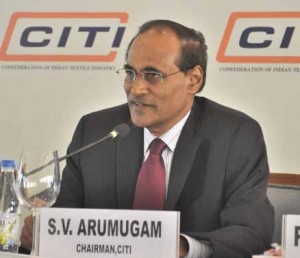 Presiding over the concluding session, Mr. S.V. Arumugam, CITI Chairman, said that the industry’s fragmented nature and structural weaknesses have been preventing it from achieving its potential. Some sectors like fabric manufacturing and processing still languish as weak links in the textile value chain. Though enormous opportunities exist in international trade for the clothing segment, here again structural problems are affecting the competitiveness of Indian producers, in comparison to other Asian industries.
Presiding over the concluding session, Mr. S.V. Arumugam, CITI Chairman, said that the industry’s fragmented nature and structural weaknesses have been preventing it from achieving its potential. Some sectors like fabric manufacturing and processing still languish as weak links in the textile value chain. Though enormous opportunities exist in international trade for the clothing segment, here again structural problems are affecting the competitiveness of Indian producers, in comparison to other Asian industries.
The summit was attended by over 250 participants from various fields connected with the textiles sector. In addition to leading textile luminaries and experts from various fields, it was also addressed by key players from the textile machinery manufacturing sector.